It's becoming a bit of a tradition at Apple for features that are heavily touted and popular among users to suddenly end in their prime. A perfect example is Magsafe, which has been replaced by USB-C ports on MacBooks. A similar fate awaits the 3D Touch function in September, which is also confirmed by the new iOS 13.
There has been speculation about the end of 3D Touch practically since the launch of the iPhone XR, which introduced a new feature called Haptic Touch. It works on a very similar principle, however, instead of pressing force, it only reacts to pressing time. Along with this, there are also certain limits where Haptic Touch is unable to offer some specific 3D Touch functions due to the absence of a pressure sensor under the display. Or at least he wasn't until now. With the arrival of iOS 13, its functionality has been greatly expanded across the system, and it has replaced its more sophisticated predecessor in practically every way.
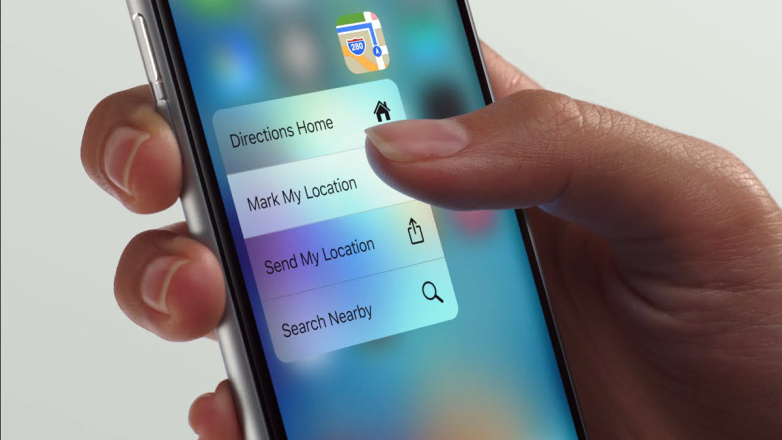
A certain interesting thing is that after installing iOS 13, even devices with 3D Touch technology respond to a long press. In the editorial office, we installed the new system on the iPhone X, whose display reacts natively to the force of pressing. But with iOS 13, all supported elements respond to both methods, which can be confusing for some. For example, the context menu on the application icon can be called up both by pressing the display harder and by holding your finger on the icon. However, it's possible that Apple will unify the features in upcoming beta versions and even offer only Haptic Touch on phones with 3D Touch so that all devices are controlled the same.
After all, the ability to call up a context menu on the application icon was something that holding your finger on the screen for a long time did not allow until now. With the arrival of iOS 13, however, the possibilities have expanded considerably, and where until now only 3D Touch worked, it is now possible to use Haptic Touch. Deleting applications then works in the same way as before, only you have to hold your finger on the application for a few seconds.
The only exclusivity of 3D Touch remains the ability to mark text with the cursor after double-pressing the keyboard. Unfortunately, the Peek & Pop function disappeared with iOS 13, or rather the option to display only a preview of a link or image remained (see the third and fourth screenshots in the gallery below). But the mentioned function is not the only benefit of 3D Touch – the method is also much faster and it is not necessary to remove your finger from the display to complete it, but you can go directly to the desired shortcut/menu and activate it.
The new iPhones will no longer offer 3D Touch
The reason for the end of 3D Touch is already clear to many - the necessary pressure sensors will no longer be available in the new iPhones that Apple will introduce in September. However, why this will be the case remains a question for now. The company has already proven in the past that it is capable of implementing 3D Touch technology in an OLED display, and as is known, this year's models will also be equipped with this panel. Maybe Apple simply wants to reduce production costs or maybe just unify the control of its devices. After all, the expanded Haptic Touch has also arrived on iPads with iPadOS 13, which will certainly be welcomed by most of their owners.
It could be interest you
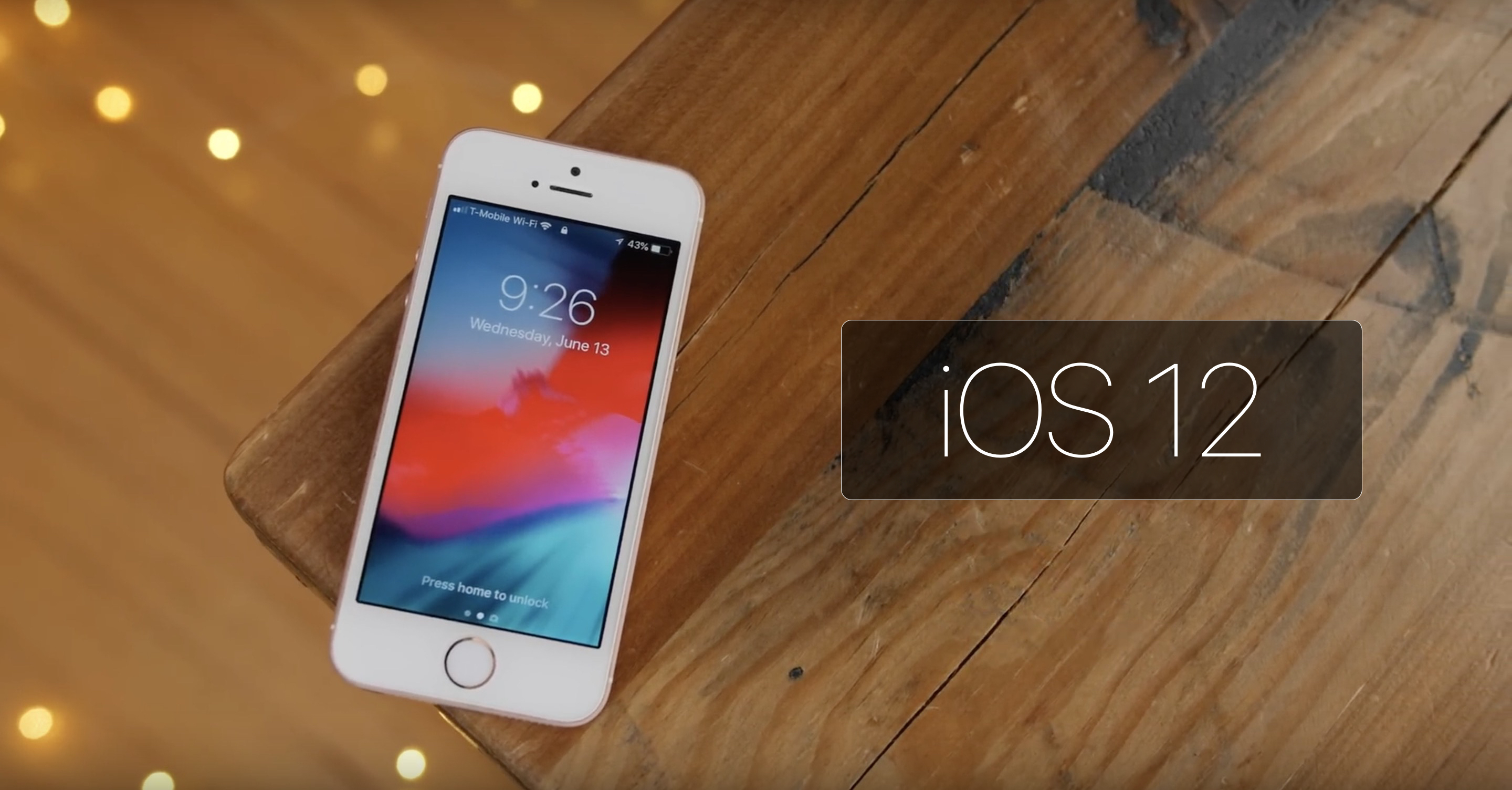
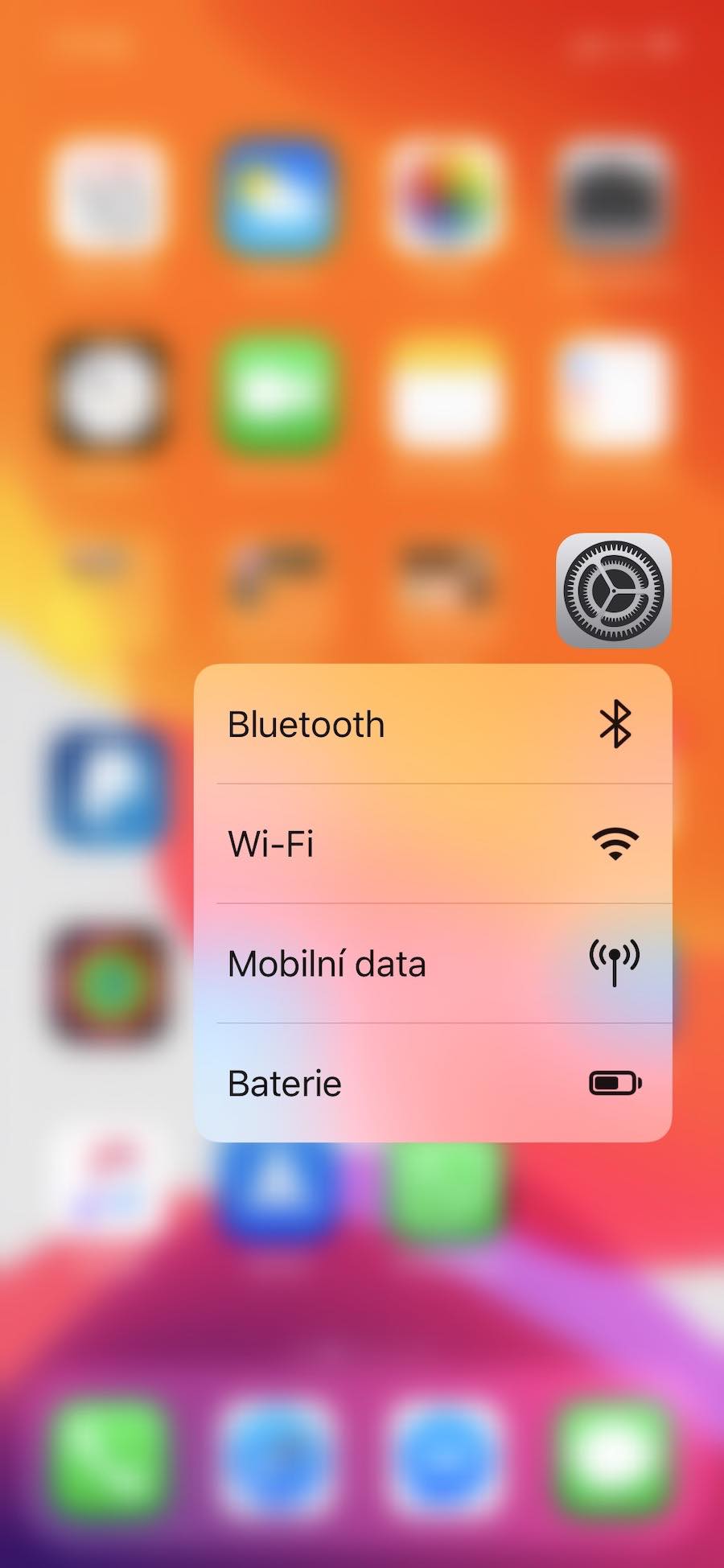
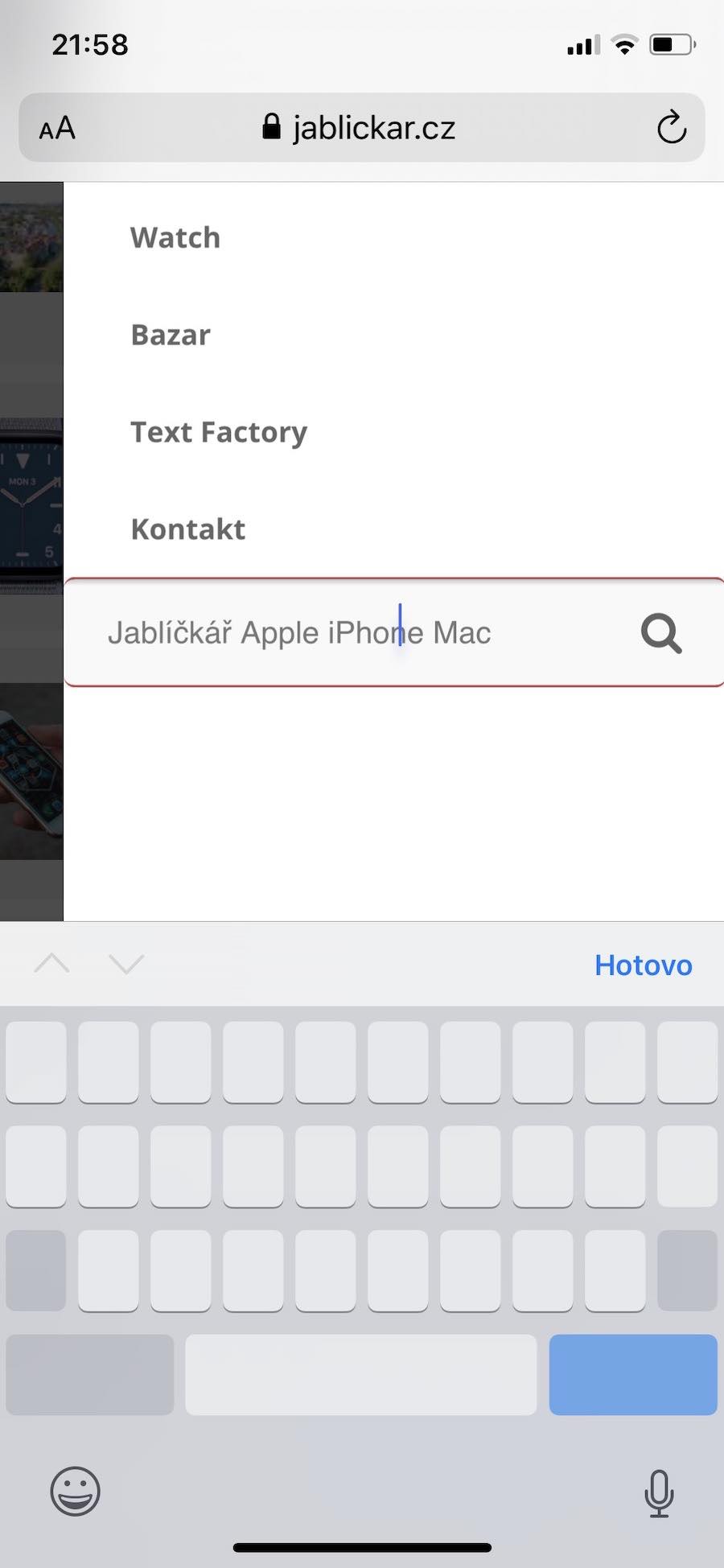

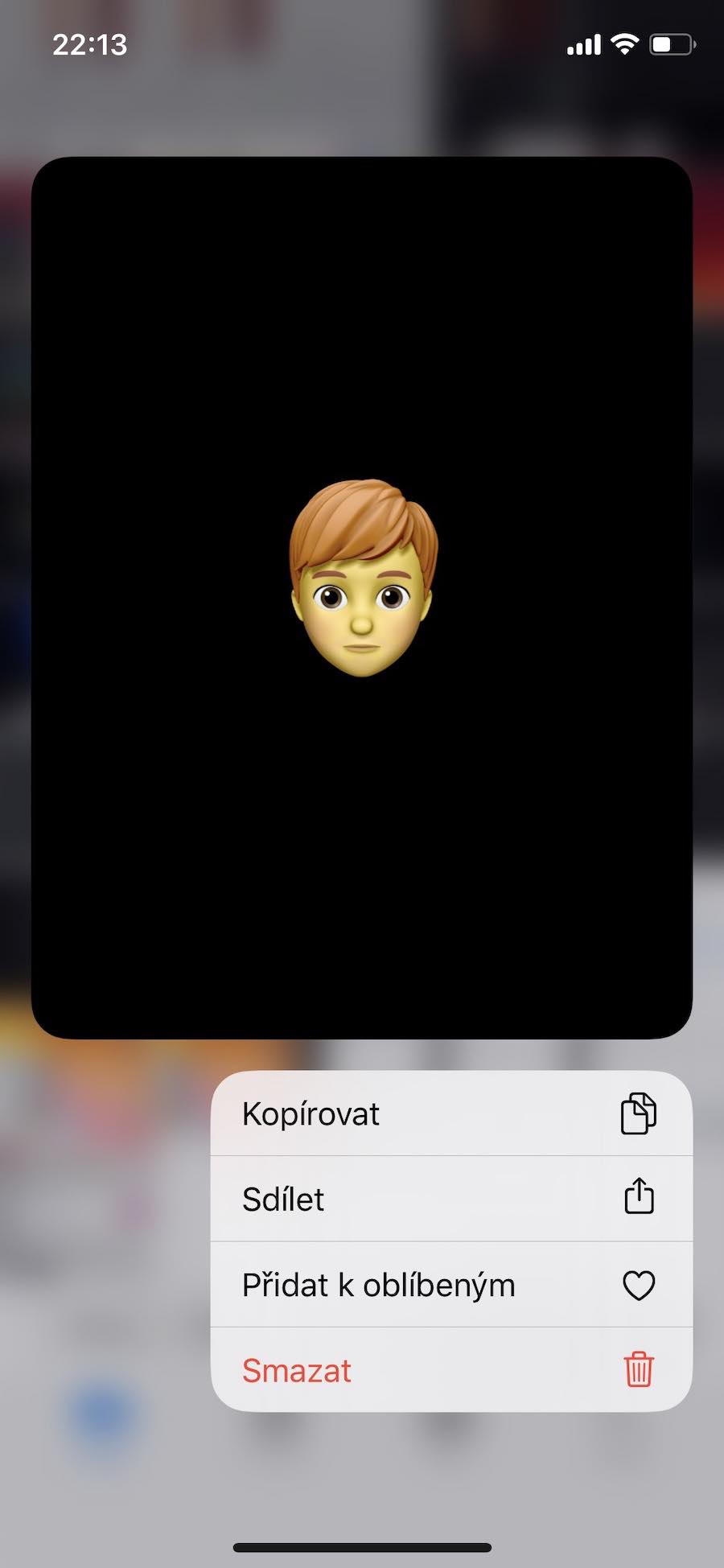
I think it makes sense as I don't know anyone who actively uses it. It is a hidden feature and not very convenient to use. It's just a shame they did a huge marketing around it when launching the iP6.